Optimum dosing depends on the type of cannabis product. Some offer more consistent and precise options than others. Edibles, for example, can be broken into smaller serving sizes, whereas flower potency ranges based on cultivar type, its growing conditions, bioavailability, and cannabinoid makeup. Other products offer an innately more potent experience, such as dabbing concentrates, while others have longer onsets and durations.
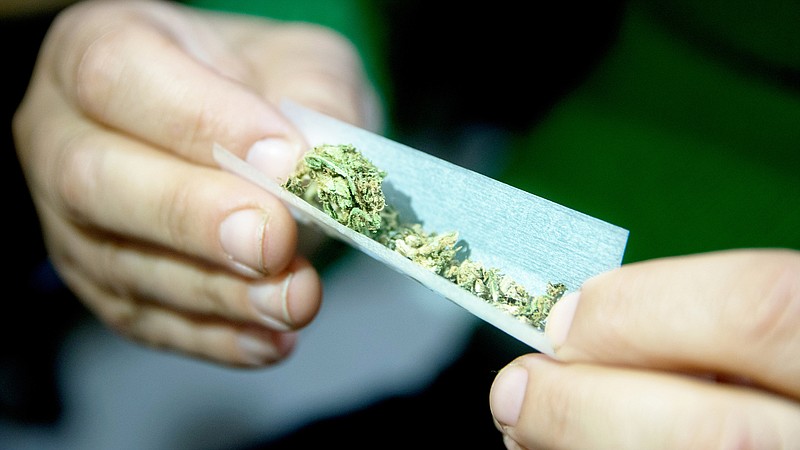
Smoking cannabis flower provides a quick onset of effects within seconds of inhalation, hitting a peak at around 30 minutes, after which it lasts anywhere from one to three hours.
Each strain, or cultivar of marijuana flower varies in potency and cannabinoid content, and differences often exist in strains with the same name. A cannabis plant’s compounds can change based on it’s growing conditions and how it’s cured and dried. Purchasing a product from the same cultivator or brand help ensure a similar experience every time.
However, it’s difficult to accurately dose cannabis flower, even when it’s purchased from the same breeder and crop. Say a lab result reports that a strain has 10% THC, and you are buying one gram. This means that there are 100 milligrams of THC in the amount you purchased. When smoked, only approximately 50% of the THC in flower enters the bloodstream while the remainder burns off, leaving behind 50 mg of cannabis in our example. At this point, it’s hard to separate a single gram into several doses without guessing.
A good starting point is taking one or two hits off a small bowl and waiting up to an hour to see how you feel. You can always smoke more if you don’t achieve the desired result.
Vaporizers heat cannabis flower or extracts to their vaporization point, at which consumers inhale the vaporized trichomes and terpenes. Effects appear within seconds, peak within 15 minutes, and last anywhere between one and three hours.
Vaping flower presents similar challenges to smoking it, namely how to measure doses precisely. Vape cartridges, alternatively, typically show THC percentages on the box, and some manufacturers give a rough estimate of how many hits are in a single cartridge.
Cannabis oil, another vaping choice, is also more potent than flower, so fewer hits introduce more cannabinoids to your system.
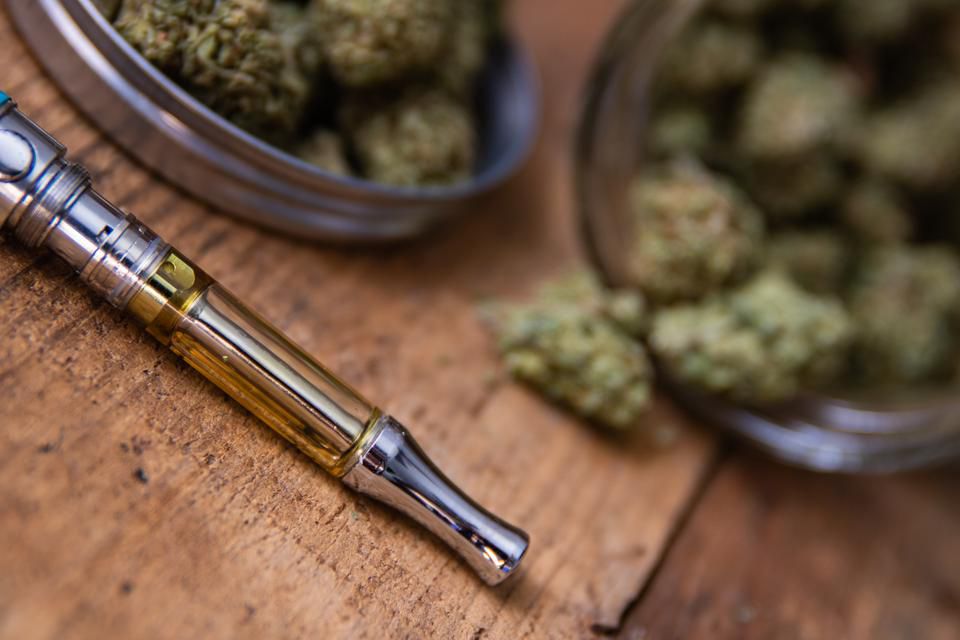
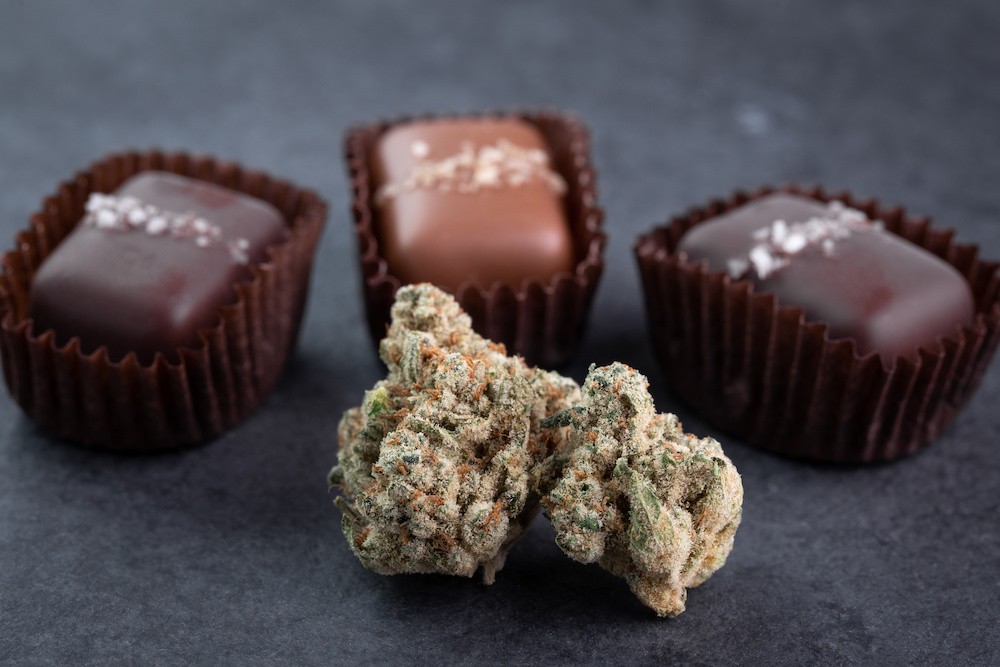
Vaporizers heat cannabis flower or extracts to their vaporization point, at which consumers inhale the vaporized trichomes and terpenes. Effects appear within seconds, peak within 15 minutes, and last anywhere between one and three hours.
Vaping flower presents similar challenges to smoking it, namely how to measure doses precisely. Vape cartridges, alternatively, typically show THC percentages on the box, and some manufacturers give a rough estimate of how many hits are in a single cartridge.
Cannabis oil, another vaping choice, is also more potent than flower, so fewer hits introduce more cannabinoids to your system.
The body processes THC in edibles differently than other cannabis products. After digestion, the liver transforms THC into 11-hydroxy-THC, a compound that’s more potent than THC, lasts longer, and has more sedating properties. It takes 45 to 60 minutes for edibles to kick in and effects last for up to six hours, depending on the dose and an individual’s metabolism.
Edibles’ packaging will list cannabinoid potency in milligrams per product. Many professional edible producers will evenly mix cannabinoids throughout the food, which allows consumers to divide it into smaller serving sizes. For example, an infused chocolate bar may contain 50 mg of THC total and be easily broken into 10 pieces of five milligrams each.
This precise division makes consuming smaller doses easier and produces more consistent effects. With edibles, it’s advisable to start with a low dose, such as one to five milligrams. Wait 24 hours to evaluate the dose’s efficacy and slowly increase by 1 mg every 24 hours until you reach the desired relief.
Cannabis tinctures are made by dissolving cannabis in an alcohol or oil solution. Tinctures are crafted with specific amounts of ingredients and packaged in dropper bottles, allowing patients to precisely and discreetly self-dose by dropping the liquid under the tongue or mixing it into a beverage. Effects occur within 20 to 30 minutes and last two to three hours. Start with a small amount, such as 0.5 or 1mg THC, and wait at least an hour before increasing the dose.Tinctures are meant to be absorbed in the mouth. This requires a person to use their tongue to rub the product in, under the tongue and inside of the cheeks, allowing the product to remain in the mouth for 2-3 minutes. If a tincture is swallowed before it is fully absorbed, it acts more like an edible, and the effects can last up to 6 hours. Many patients use tinctures this way before bed, as a sleep aid.
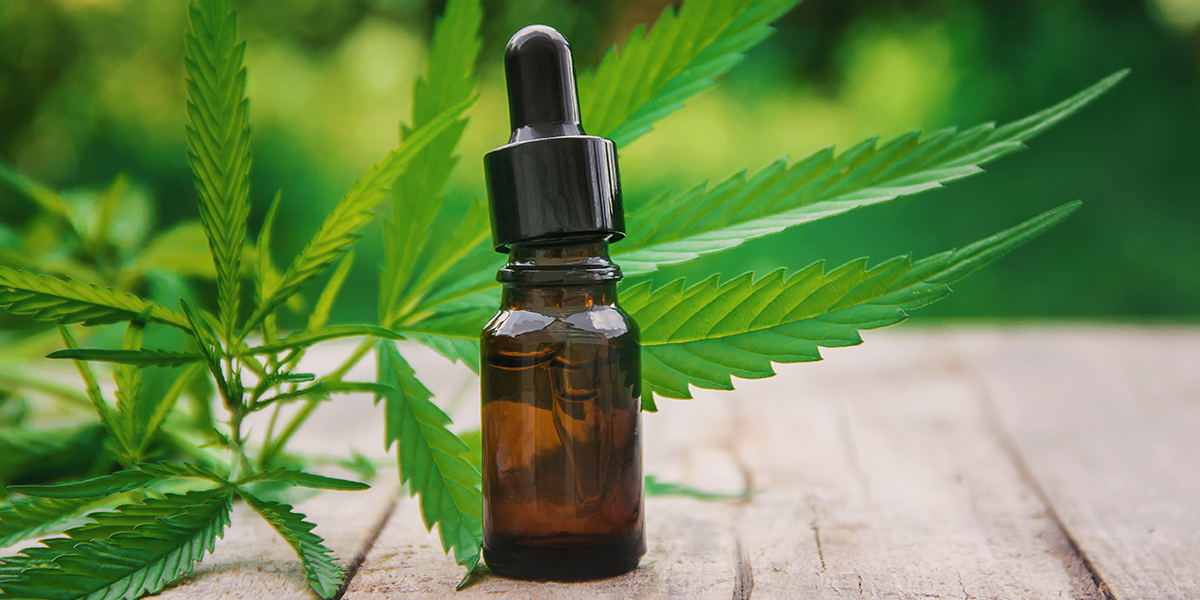
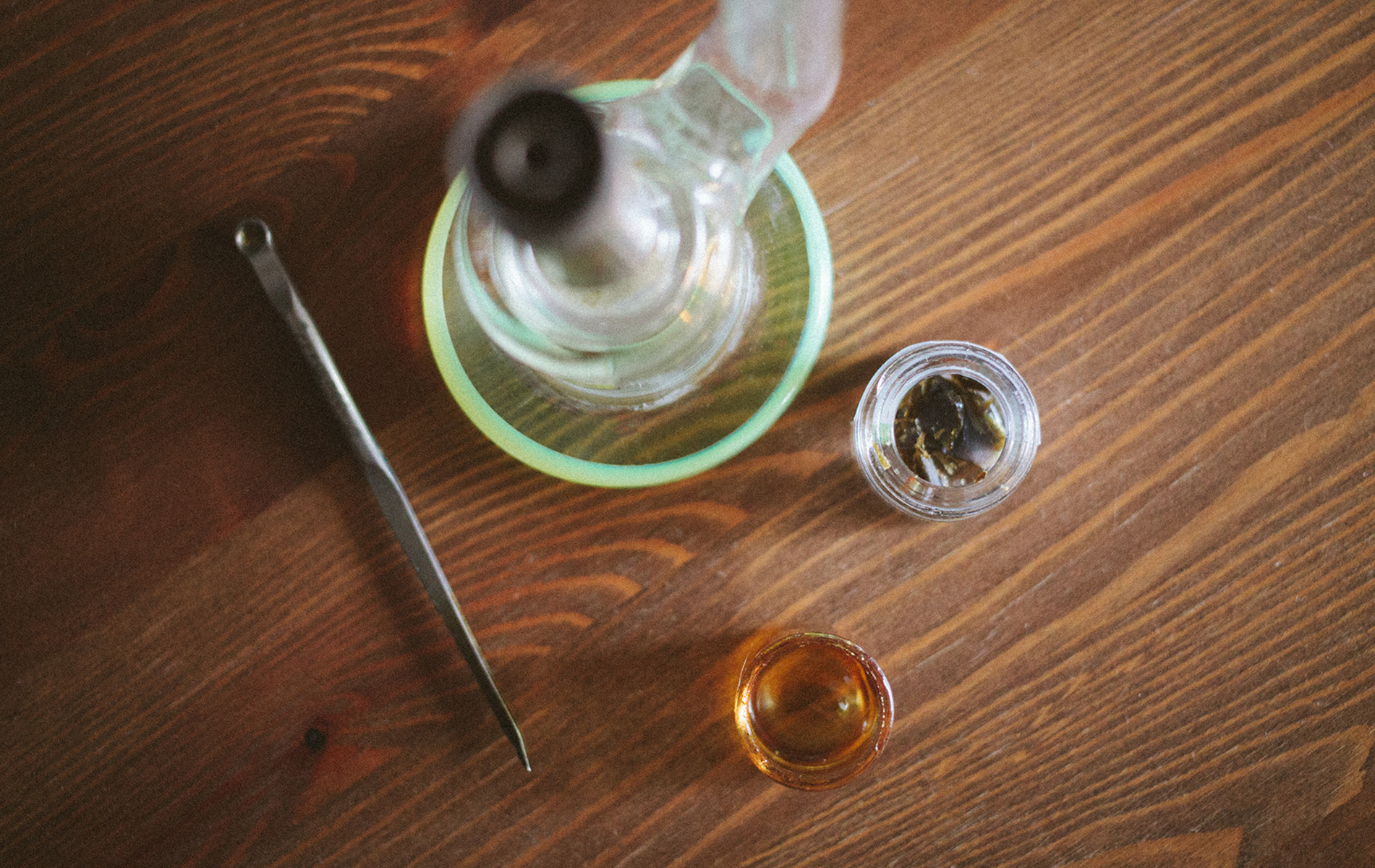
The body processes THC in edibles differently than other cannabis products. After digestion, the liver transforms THC into 11-hydroxy-THC, a compound that’s more potent than THC, lasts longer, and has more sedating properties. It takes 45 to 60 minutes for edibles to kick in and effects last for up to six hours, depending on the dose and an individual’s metabolism.
Edibles’ packaging will list cannabinoid potency in milligrams per product. Many professional edible producers will evenly mix cannabinoids throughout the food, which allows consumers to divide it into smaller serving sizes. For example, an infused chocolate bar may contain 50 mg of THC total and be easily broken into 10 pieces of five milligrams each.
This precise division makes consuming smaller doses easier and produces more consistent effects. With edibles, it’s advisable to start with a low dose, such as one to five milligrams. Wait 24 hours to evaluate the dose’s efficacy and slowly increase by 1 mg every 24 hours until you reach the desired relief.
Topicals are lotions, ointments, or transdermal patches that are usually non-intoxicating and provide relief for a host of benefits. Because they don’t present adverse side effects, topicals are an excellent choice for novice cannabis users or those with a low-THC tolerance. In order to reap the benefits of topicals, they must be fully absorbed into the skin. This requires rubbing the product (such as a lotion) all the way in, until the skin is essentially dry. Many patients report the best results when they apply topicals frequently, up to every two hours.
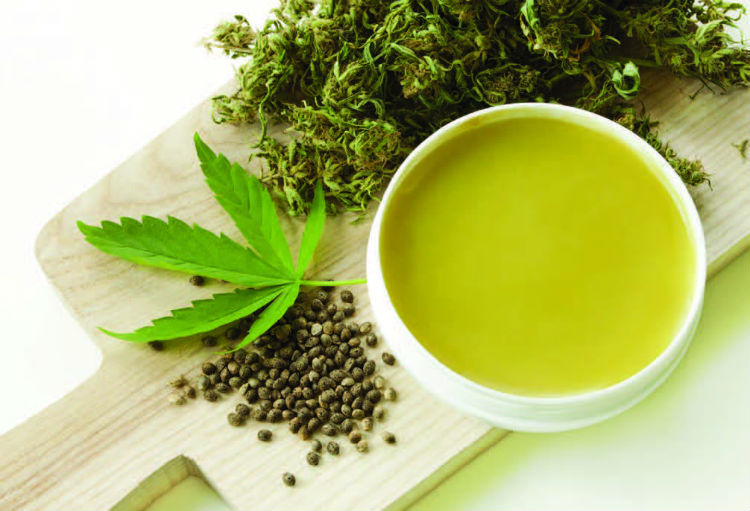
article provided by: weedmaps.com
https://weedmaps.com/learn/products-and-how-to-consume/decide-how-much-to-take
